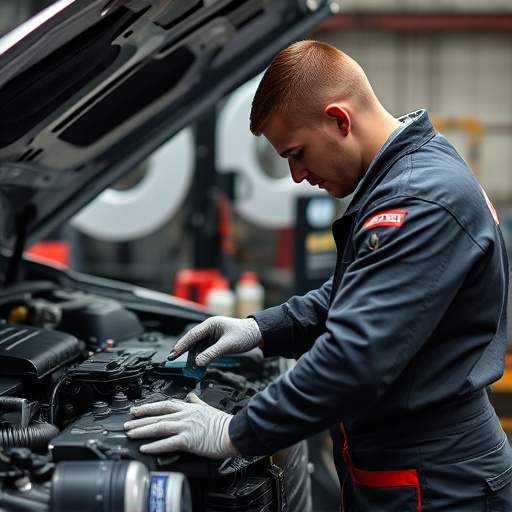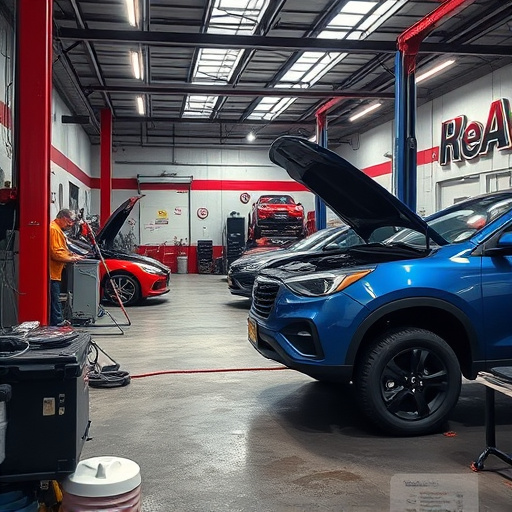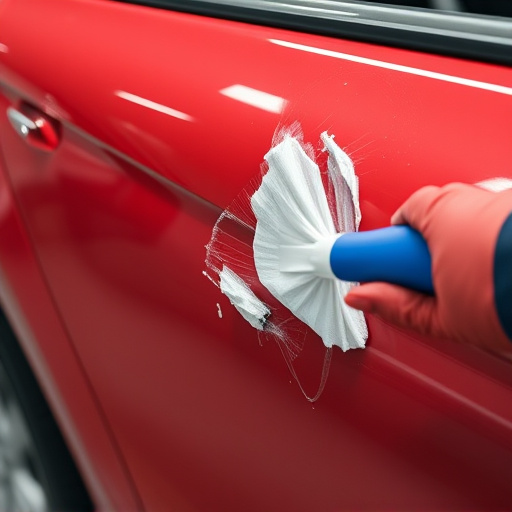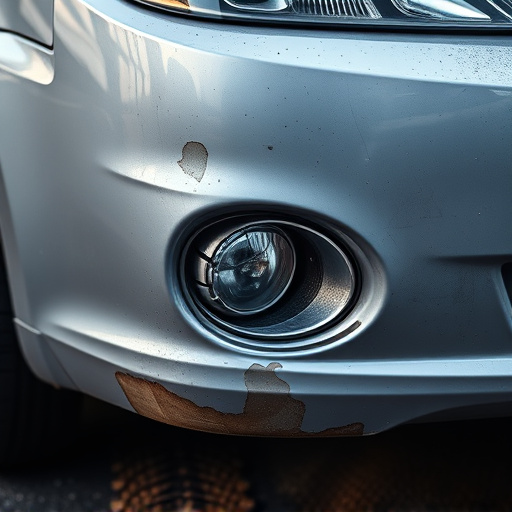Out-of-pocket repair costs vary based on vehicle damage severity, impacting insurance claims and policy decisions. Insurers assess these costs to determine claim values, with minor damages leading to lower payments while extensive repairs increase compensation. Consumers can mitigate high out-of-pocket costs through proactive maintenance and comprehensive insurance plans that cover bodywork damages and encourage regular service.
“Out-of-pocket repair costs, often an overlooked aspect of claims processing, significantly influence both consumer experiences and insurance settlements. This article delves into the intricate role these costs play in shaping claims journeys. We explore how understanding and managing out-of-pocket expenses can benefit consumers and insurers alike, offering strategic insights for navigation in complex repair scenarios. By the end, readers will grasp the essential interplay between out-of-pocket repair costs and effective claims management.”
- Understanding Out-of-Pocket Repair Costs
- Impact on Claims and Settlements
- Strategies for Consumers and Insurers
Understanding Out-of-Pocket Repair Costs

Out-of-pocket repair costs refer to the expenses that an individual is responsible for paying out of their own pocket when their vehicle requires maintenance or repairs, typically as a result of damage incurred during a fender bender or other incident. These costs can vary widely depending on the extent of the damage to the car bodywork and the complexity of the necessary repairs. For minor issues, like a dented fender, the out-of-pocket expenses might be relatively low, while more severe damages involving vehicle bodywork replacement or extensive mechanical work could result in significant financial outlay for the owner.
Understanding these costs is crucial when navigating claims processes and managing insurance policies. Policyholders need to be aware of deductibles, co-pays, and the overall financial implications of choosing specific repair facilities or methods. By being informed about out-of-pocket repair costs, individuals can better prepare for unexpected vehicle repairs and make more informed decisions regarding their automotive maintenance and upkeep.
Impact on Claims and Settlements

The inclusion of out-of-pocket repair costs in claims processes significantly influences both the complexity and outcome of insurance settlements. When assessing damages, insurers consider the financial burden imposed on policyholders for car bodywork repairs or vehicle restoration work. This factor can impact the overall claim value, as it may lead to adjustments in compensation to ensure a fair settlement. For instance, minor dents and scratches that require minimal car paint repair might not incur substantial out-of-pocket costs, resulting in a correspondingly lower claim payment.
Conversely, extensive damage, such as major accidents or severe weather events causing significant car bodywork, could result in higher repair expenses. Insurers must carefully evaluate these costs to arrive at a settlement that aligns with the scope of the damage. This delicate balance ensures that policyholders receive adequate reimbursement for their out-of-pocket repairs while maintaining the financial integrity of the claims process.
Strategies for Consumers and Insurers

Consumers face a significant challenge when unexpected repairs are required for their vehicles, often resulting in substantial out-of-pocket repair costs. To mitigate this, they can proactively inspect their vehicle regularly and maintain detailed service records. Additionally, staying informed about potential recall issues specific to their make and model can help avoid costly repairs. When facing an unexpected repair bill, consumers should compare quotes from multiple reputable auto body shops to ensure they receive a fair price.
Insurers play a crucial role in managing these costs by offering comprehensive insurance plans that cover a wide range of vehicle damages, including those to the vehicle bodywork. They can also provide guidance on chosen repair facilities and negotiate with shops on behalf of policyholders. By promoting regular maintenance checks and encouraging policyholders to keep their vehicles in good condition, insurers can reduce the likelihood and severity of claims, ultimately lowering the overall cost for all involved, including consumers and the insurance industry as a whole.
Out-of-pocket repair costs significantly influence claims processes, with consumers facing unexpected expenses and insurers adjusting settlement strategies. By understanding these costs, both parties can implement effective strategies to mitigate financial burdens. Consumers should be proactive in documenting repairs and negotiating rates, while insurers can offer transparent communication and flexible payment options. This approach ensures a fair process, enhances customer satisfaction, and streamlines the claims resolution process, ultimately reducing the overall impact of out-of-pocket repair costs.














